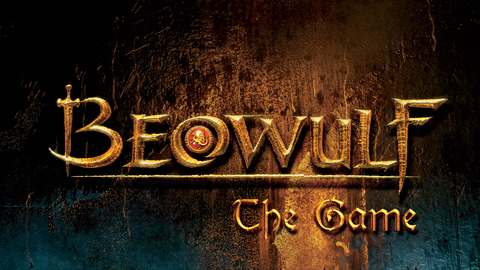At the start of the poem, the poet William Blake has asserted the conventional Christian virtues of Mercy and Pity that presupposes negative things and a world with human suffering and poverty. The virtues also represent a passive and resigned sympathy that has no obligation to relieve suffering or create a more just world. The poet does not think of these as ideals because if the ideal world existed with happiness and genuine love, there would be no need for these virtues. The poem starts with a systematic criticism of the touchstone virtues that were highly praised in The Divine Image.
The Human Abstract Summary
The poet further criticizes the previous quatrain. As he proceeds through the virtues, he arrives at ‘selfish loves.’ These are explicitly distinct from Love that was an innocent abstraction. The poem further explores the growth- both organically and insidiously- in a system based on fear, hypocrisy, stagnation, and repression.
The poet further works on the imagery of Cruelty and mentions Humility. The poem shows how the intellectualized values like Mercy, Pity, Peace, and Love start to become the breeding ground for Cruelty. The poet speaks of Cruelty as a knowing person who also lays a trap when planting a tree. The tree grows in fear and weeping with Humility at its roots, Mystery at its foliage, but the growth is not organic and does not show the natural state of a man. The tree has associations with Deceit, and its branches extend to the raven, which is the symbol of death.
Towards the end of the poem, there is a realization that the given descriptions glimpse into the human mind. The poem thus talks about how abstract reasoning undermines the natural system of values. The result is a resemblance of the natural, a tree that does not grow in nature but lies in the human brain.
The Human Abstract Analysis
The poem, The Human Abstract, puts together a closer analysis of the four virtues- Mercy, Pity, Peace, and Love that has been said to be present in both Man and God in the poem, The Divine Image. The poet has argued that pity cannot exist without poverty, and Mercy would not be required if everyone was happy and Peace stems from fear, which gives rise to selfish love only. The poet has described how Cruelty plants and waters a tree in human brains. He says that the foundation of these trees is Humility, the leaves are Mystery, and the fruit is Deceit.
The Human Abstract Theme
The poem, The Human Abstract, primarily has two themes related to the differences between humanity, nature, and divinity. The first theme is that virtues and religions are human constructs and man-made. During the start, the poet put forward a critical outlook towards the virtues that are conventionally associated with Christianity. These are eventually outlined as false because they are not completely good and biased with human reasoning and conscience. Towards the end of the poem, the theme is the imprisonment of humanity. It highlights that humanity cannot eliminate the negative aspects of the virtues and is surrounded by false virtues like humility and deceit.
The Human Abstract Central Idea
The poem, The Human Abstract, contrasts with the poem, The Divine Image of the Songs of Innocence. In this poem, William Blake has argued that both human reasoning and abstract thinking lead to harm because the virtues and the essence of it require the presence of suffering. Pity takes the form of poverty, and mercy guarantees the existence of sorrow. He puts together a series of false virtues that arise from sin, or vice- peace is a result of mutual fear, love grows because of selfishness, and care is a bait used for cruelty.
The Human Abstract Figures of Speech
The poem, The Human Abstract, contains six quatrains, that is, stanzas of four lines. The poem follows a rhyme scheme of AABB pattern, which is simple and helps emphasize the words’ meaning. The fourth stanza breaks down the rhyme scheme and gathers the reader’s attention. The last two quatrains again have the AABB rhyme scheme. The poem’s tone is like that of a didactic via the six stanzas that put forward the message in a universal way. The poem is focused on addressing the reader like a lesson but has a critical perspective. The poet has used imagery in the poem.
Some online learning platforms provide certifications, while others are designed to simply grow your skills in your personal and professional life. Including Masterclass and Coursera, here are our recommendations for the best online learning platforms you can sign up for today.
The 7 Best Online Learning Platforms of 2022
- Best Overall: Coursera
- Best for Niche Topics: Udemy
- Best for Creative Fields: Skillshare
- Best for Celebrity Lessons: MasterClass
- Best for STEM: EdX
- Best for Career Building: Udacity
- Best for Data Learning: Pluralsight
















